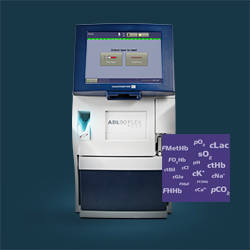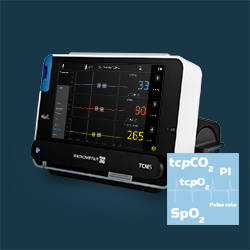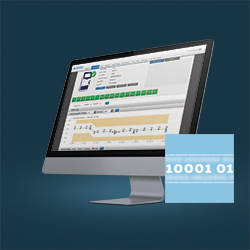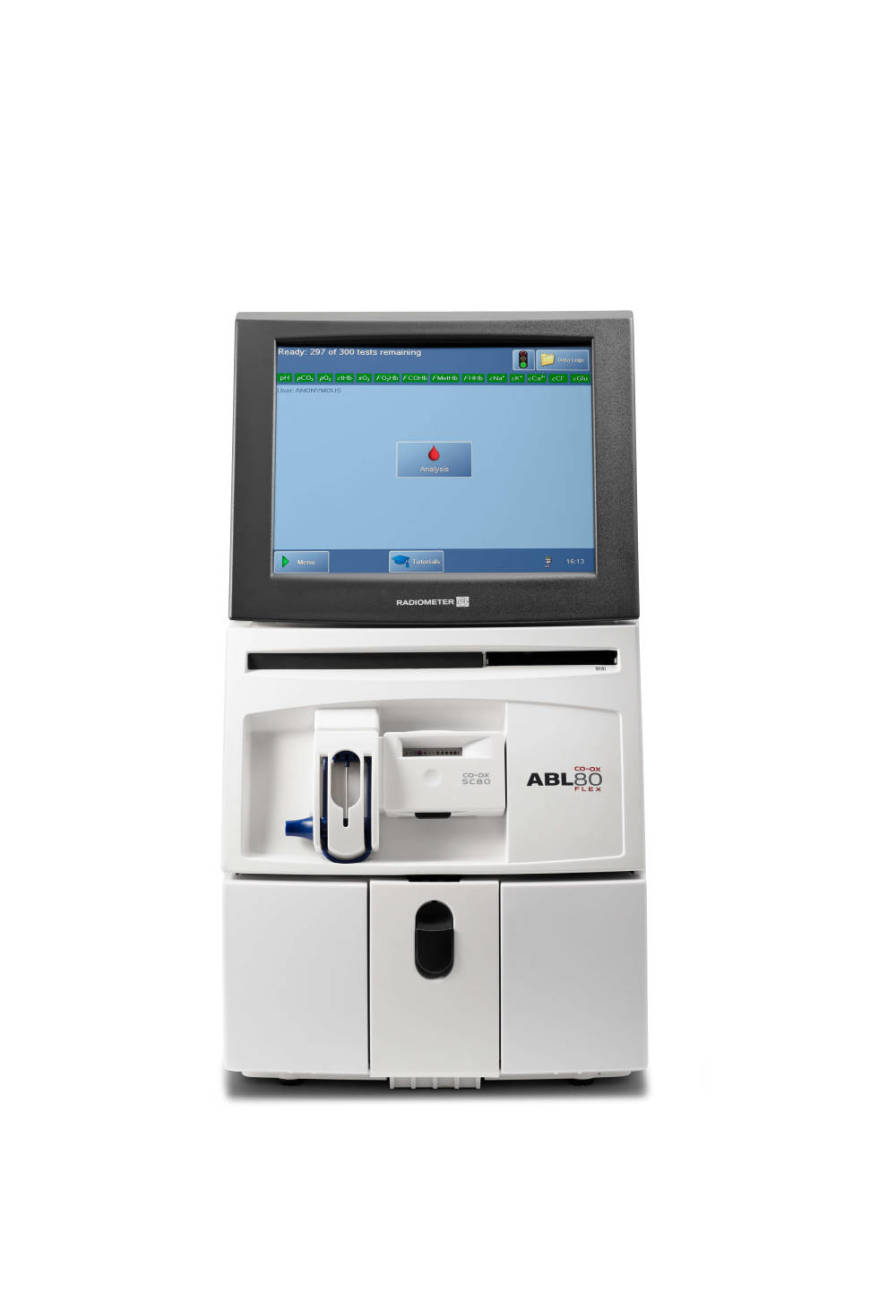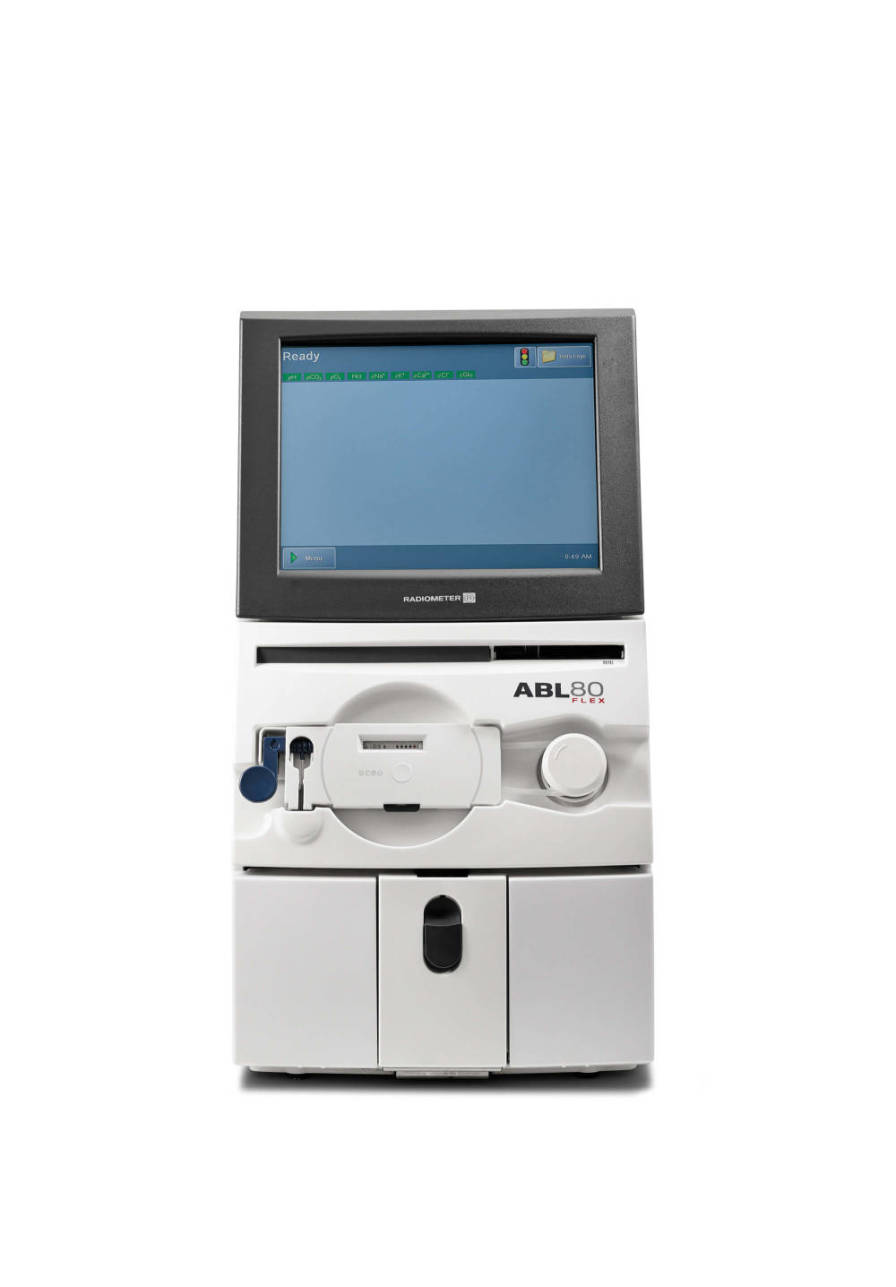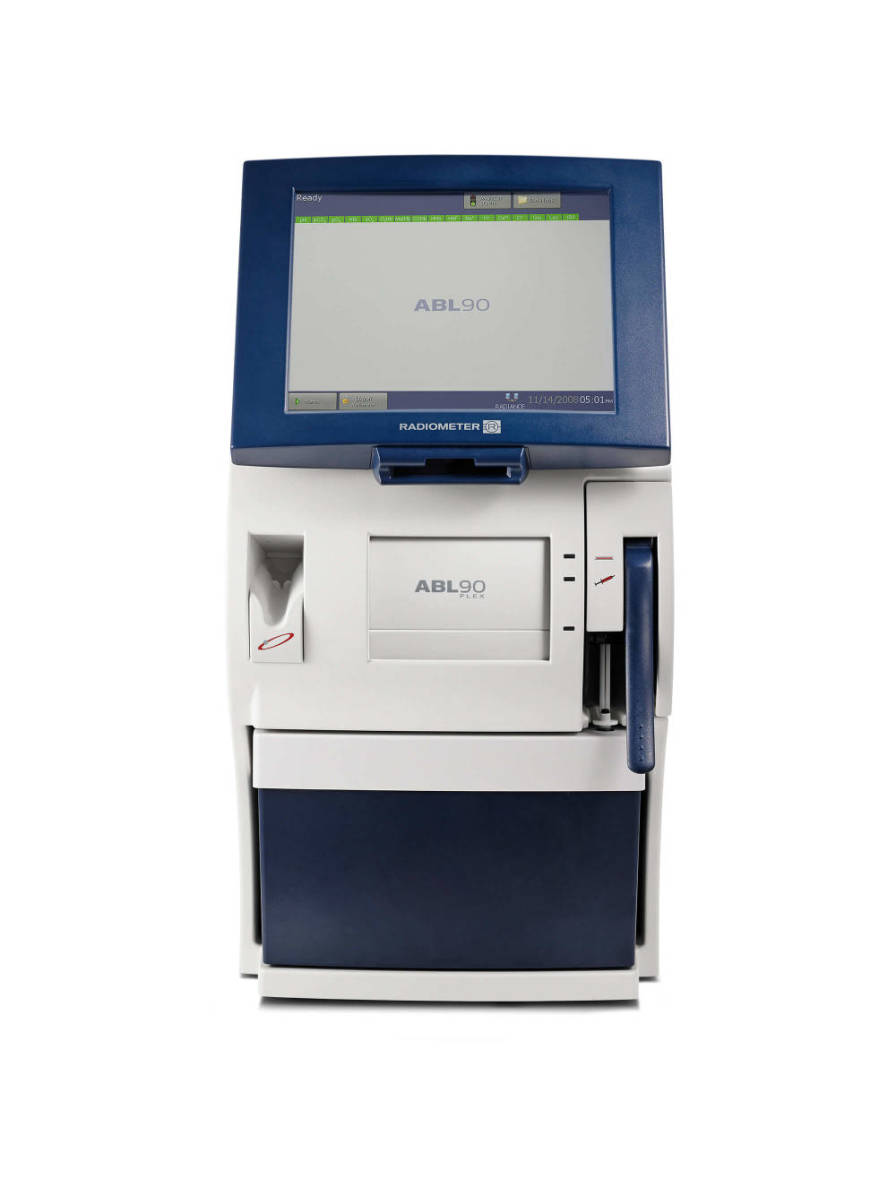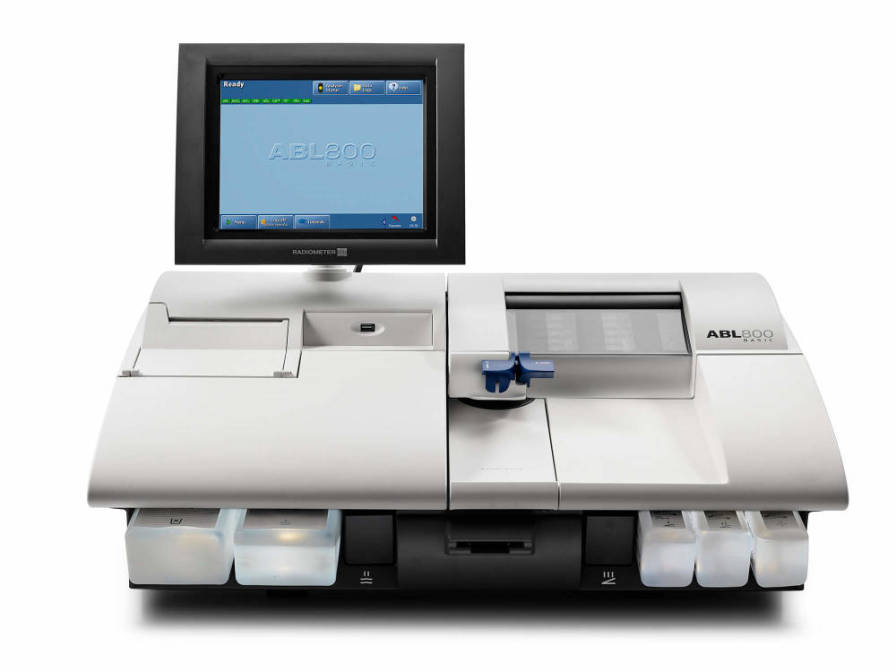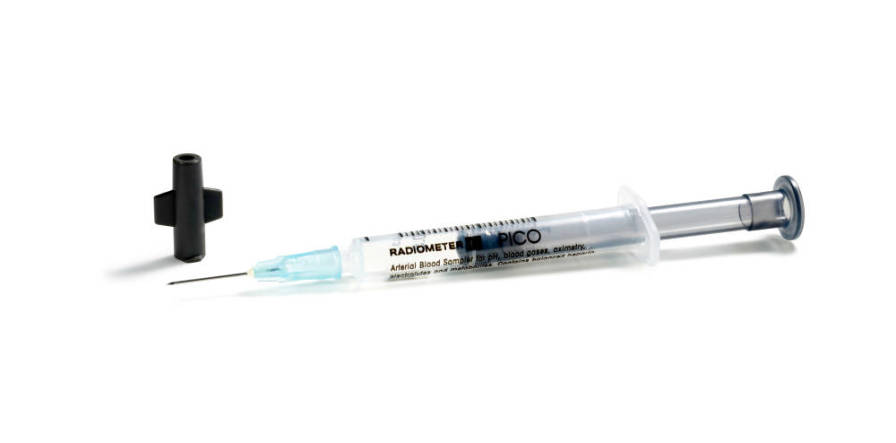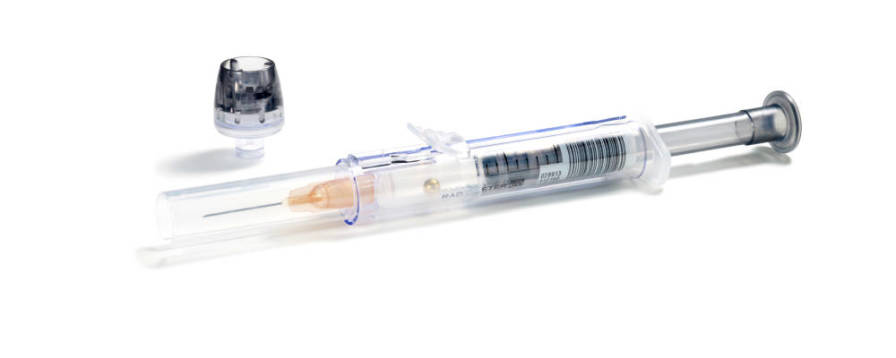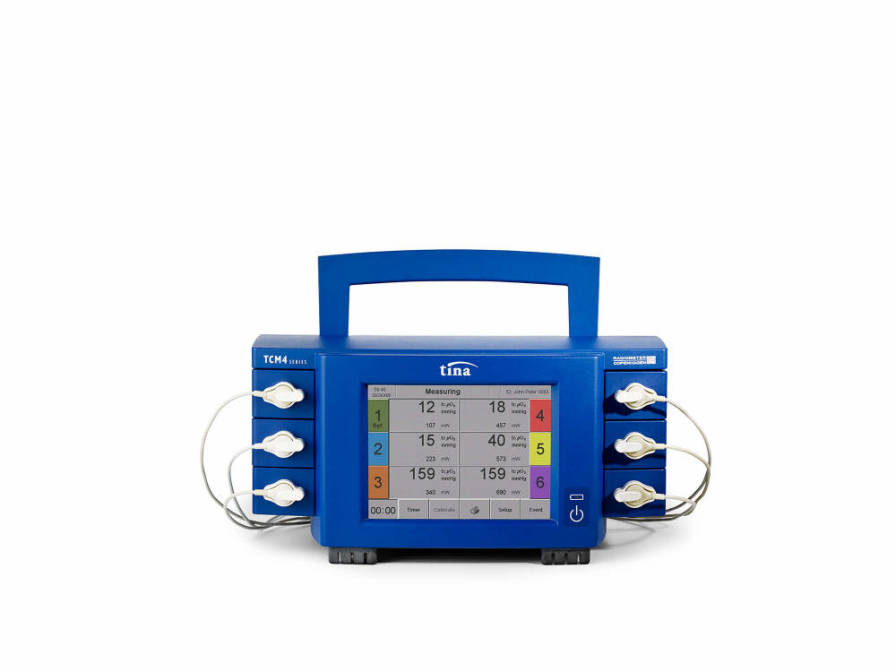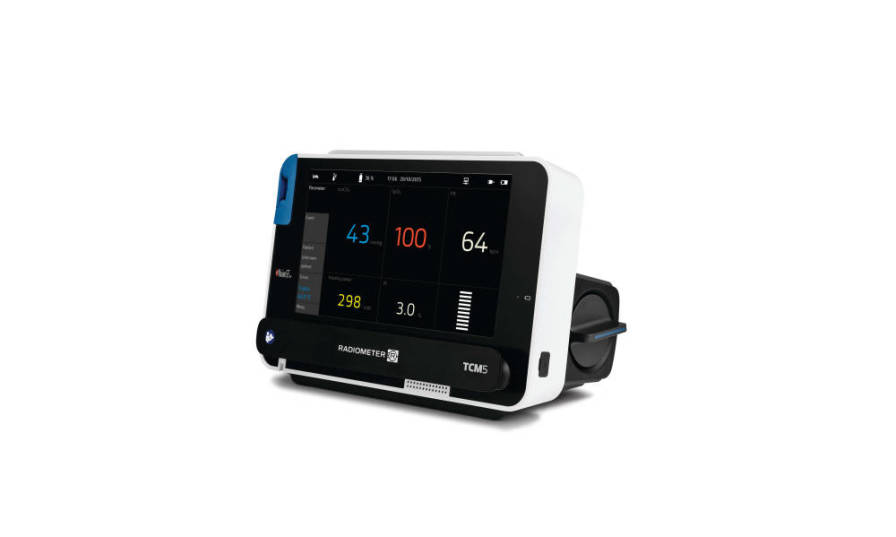Radiometer is a leading provider of technologically advanced acute care solutions that simplify and automate all phases of acute care testing.
With more than 3,200 employees worldwide and direct representation in 32 countries, we help healthcare professionals get fast and accurate information on the most critical parameters in acute care testing, including oxygen, lactate and troponin.
This is the foundation for making immediate and well-informed decisions on the treatment of critically ill patients in clinical settings such as emergency care, intensive care, anesthesiology, cardiac surgery, neonatal care and wound care.
Radiometer develops, manufactures and markets solutions for blood sampling, blood gas analysis, transcutaneous monitoring, immunoassay testing and the related IT management systems.
Key facts
Radiometer develops, manufactures and markets solutions for blood sampling, blood gas analysis, transcutaneous monitoring, immunoassay testing and related IT management systems under the ABL, AQT, TCM, RADIANCE, AQURE, PICO, CLINITUBES and QUALICHECK brand names
Founded in 1935 and headquartered in Copenhagen, Denmark, Radiometer was a pioneer in blood gas testing, introducing the world’s first commercially available blood gas analyzer in 1954.
Today, Radiometer’s products and solutions are used in hospitals, clinics and laboratories in over 130 countries, to provide information on the most critical parameters in acute care testing.
In fact, six samples are performed every second on a Radiometer analyzer somewhere in the world. That’s 360 samples a minute, 21,600 samples an hour, 518,400 samples a day. That’s 189,216,000 samples every year tested on a Radiometer analyzer somewhere in the world.
Global presence
- Direct representation in 32 countries
- More than 100 distributors cover the rest of the world
- Production/R&D companies in Denmark, USA, Switzerland, Finland, Poland and India
Ownership
Radiometer is part of Danaher Corporation’s (NYSE:DHR) life sciences and diagnostics platform, offering a broad range of analyzers, consumables, software and services used to diagnose diseases and make treatment decisions in pathology labs, hospitals and other critical care settings.
Other life sciences and diagnostics companies owned by Danaher Corporation are HemoCue (part of the Radiometer Group), Beckman Coulter, Leica Microsystems, Leica Biosystems, Molecular Devices and AB Sciex.


